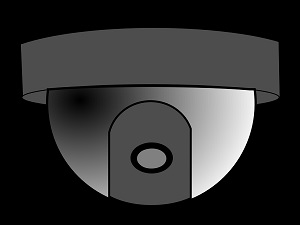
IP cameras send video directly to the internet as it is captured, and are typically used for surveillance. They're among the vast crop of 'low hanging fruit' of web-connected devices these days. The company found that of the attacks, fully 75 percent relied on simple brute-force tactics.
Oscar Chang, of Trend Micro, had this to say about the findings:
"More verticals are seeking connected, AI-powered video surveillance applications, causing a clear paradigm shift from a relatively closed-off network to a more interconnected network operated heavily by cloud-based technologies. Due to this shift in the landscape, manufacturers and users must pay attention to the security of these IoT devices. While the industry has known about cyber-risks, manufacturers have been unable to properly address the risk without knowing the root cause and attack methods."
Those are wise words. There is explosive growth of the number of smart devices in recent years, and hackers have gleefully appointed them by the tens of thousands and turned them into botnet armies for hire. Given those circumstances, one would think that every smart device manufacturer would make increased security of the devices they sell a top priority.
To date, however, that simply hasn't been the case. Until that changes, we can expect to see the numbers Trend Micro and other security companies report increase until we finally reach a tipping point.
The sad thing is, it doesn't have to come to that. If the industry were to start getting serious about IoT security and standards put in place, we could, at the very least, diminish the magnitude of the problem. At present, that appears unlikely.